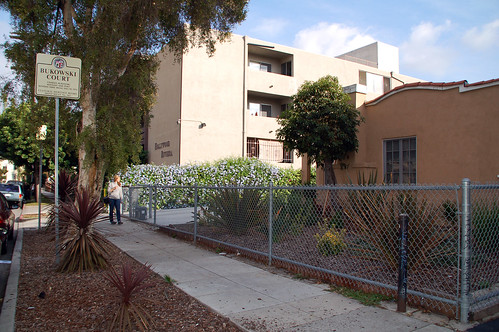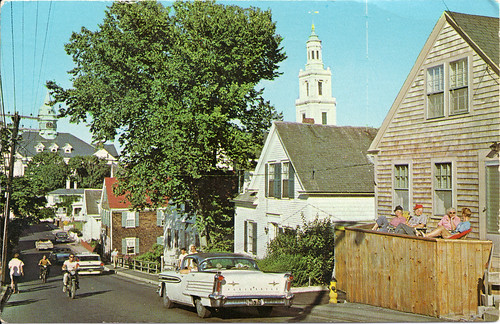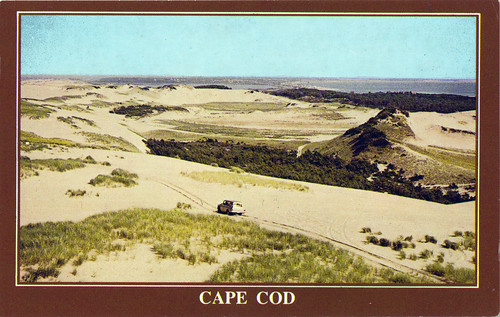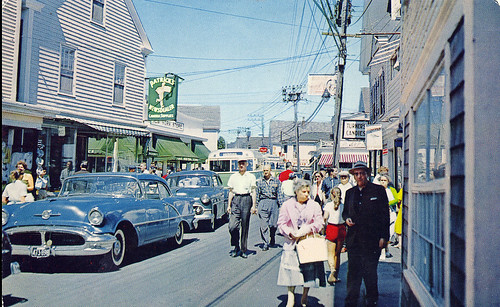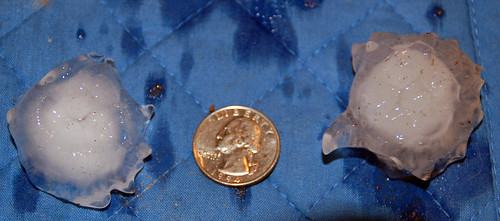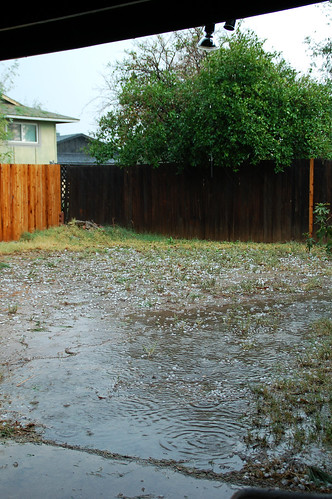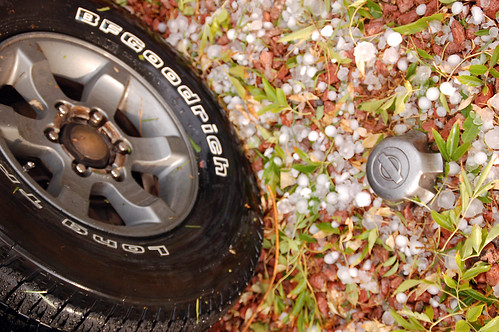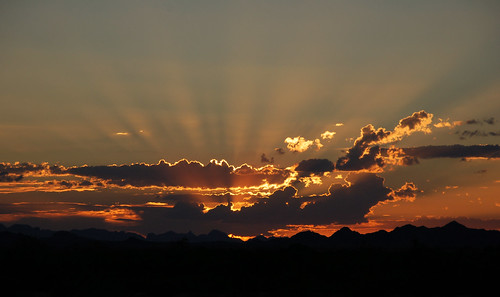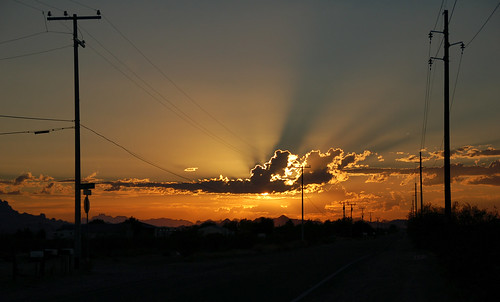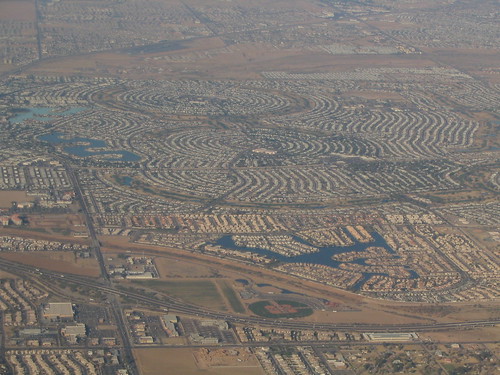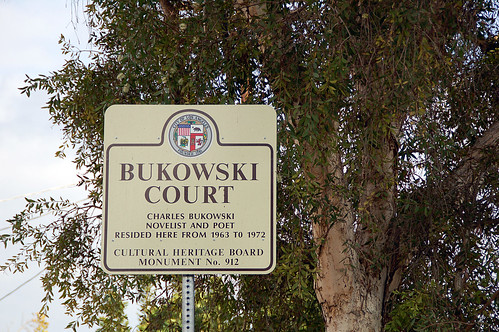
Not to get into an aesthetics debate, but the contrast of The Huntington's high-brow image and Bukowski's often crass, decidedly blue-collar writing struck me. A sign for the Bukowski exhibit stated that it contained material not suitable for all audiences. The irony was further driven home when my friend Katie took me to see the house Bukowski lived in from 1963-1972 and the liquor store he frequented when he lived there. The house is still occupied, so it's not really a tourist site. It's not in the best L.A. neighborhood - it's located at 5124 W. De Longpre Ave. Los Angeles. Bukowski's favorite liquor store, The Pink Elephant, had a surprisingly good selection of beer considering it's rough/gaudy exterior, but it still wasn't in the nicest area of town.

The whole experience stood as a strong reminder to me that, whether or not an author or his/her work is inducted into the canon, it's important to remember to read what he or she is trying to tell you. Read at The Huntington, it would be easy to romanticize the hard-scrabble life of dead-end jobs, drinking, prostitutes, and poverty Bukowski describes and to let yourself get caught up in his humor, but ultimately he described a hard life, an unhealthy life, and often a humiliating life. He described poverty and people still live it. So while I'm certainly glad that The Huntington has become the steward of Bukowski's work, I'm equally happy that the city of L.A. was able to preserve where he lived. I don't know if I can adequately describe the contrast, but Bukowski could, so I'll let him...
Bum on the Loose
I climbed off a park bench to engage the giant of
literature battle.
I lived with women madder than the gods
themselves.
I consumed enough booze to get an army drunk.
I lived in shacks without windows, without electricity,
without plumbing, without heat.
I climbed off a park bench to engage the giant of
literature battle.
I was beaten in alleys, robbed.
I searched the cities for sanity.
I read great books and they made me sleepy.
I starved in rooms fat with rats.
my parents were in shame of me.
the beautiful ladies thought me ugly.
I climbed off a park bench to engage the giant of
literature battle.
the world considered me insane.
I slept in deserted graveyards.
I sat in bars through the mornings and into the night
and back into morning.
I engaged the giants of literature.
all my work came back.
one editor wrote, "what is this stuff?"

